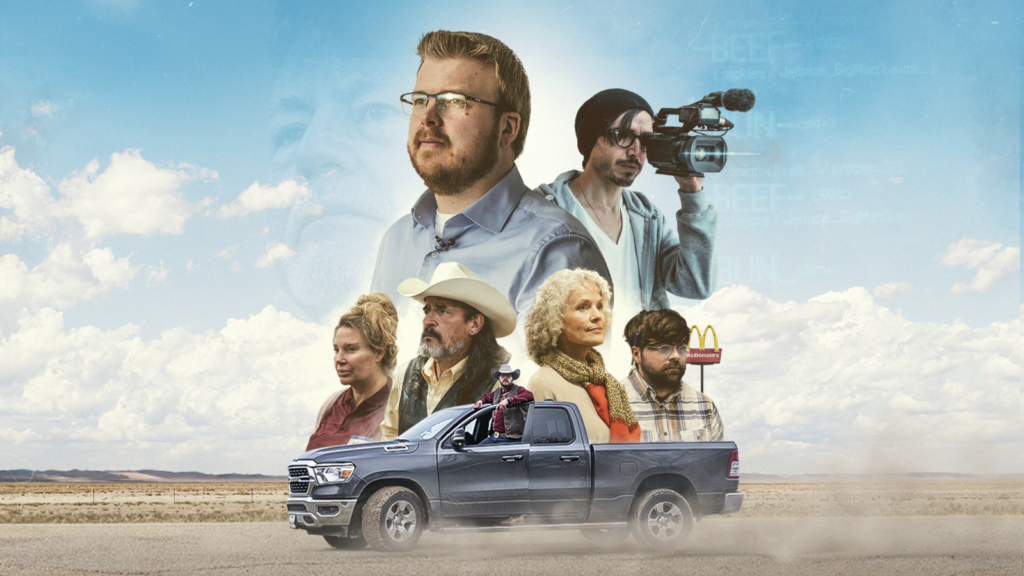McDonald’s Seeks the Truth About the ‘Hamburger Icon’ Conspiracy
A potential conspiracy is at the heart of a McDonald’s initiative out of Finland as it aims to get to the bottom of the theory that the three-lined digital menu icon found in the corner of many digital interfaces is deliberately meant to resemble a triple-decker Big Mac.
Named “The Icon,” the campaign from Nord DDB Helsinki features a 20-minute mockumentary that follows two amateur detectives, Kaitsu and AnnaMaija, who are searching for the truth behind the “hamburger menu” symbol.
The quest to uncover the history and truth behind the design of the symbol leads Kaitsu and cameraman Johan to Dallas to confront the man who designed it in 1981, Norm Cox.
The main film will live on YouTube, with shorter edits and clips from the mockumentary featured on TikTok, TV and in cinemas. The campaign will also include influencers on TikTok who share their own views on the theory across their channels, while conspiracy-themed podcasts will create dedicated episodes around the “hamburger menu” icon.
Instagram and TikTok accounts have been created for the main character, Kaitsu, featuring his vlogs about his and his partner’s findings and his journey to meet Cox.

“Our goal was to create brand love and fandom, so we aimed to create a campaign that felt like it was made by, and for, the fans. Considering the wide audience, we implemented a full 360 approach—from TikTok to TV—to reach various target groups,” explained Mats Nyström, marketing director at McDonald’s Finland, in a statement.
A treasure hunt for people in Finland to find hamburger menu icons on websites will also be rewarded through the McDonald’s application with a free Big Mac.
“We see the three-lined hamburger button on almost every website, but which hamburger is it really? Once you see it is a Big Mac, it is hard to unsee it. It’s funny how the mockumentary also describes the whole process of how we came up with the idea in the first place. This project has been all about curiosity and to keep pushing the idea even further,” added Tero Ahonen, copywriter at Nord DDB Helsinki.
McDonald’s has operated in Finland since 1984. It now has over 75 restaurants across the country, more than three-quarters of which are owned by private license holders.
https://www.adweek.com/creativity/mcdonalds-seeks-the-truth-about-the-hamburger-icon-conspiracy/